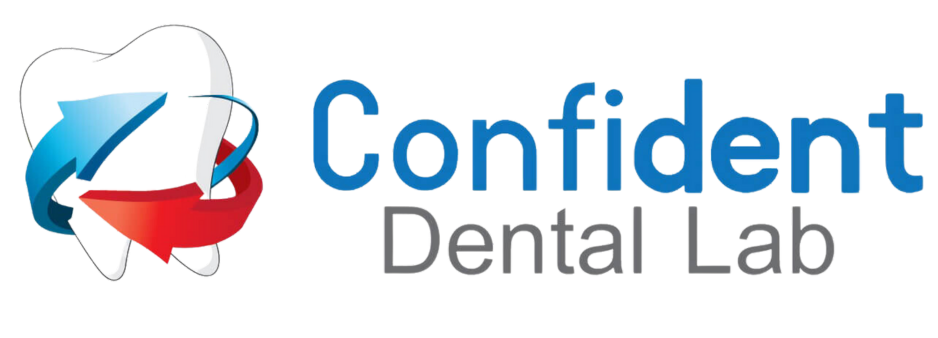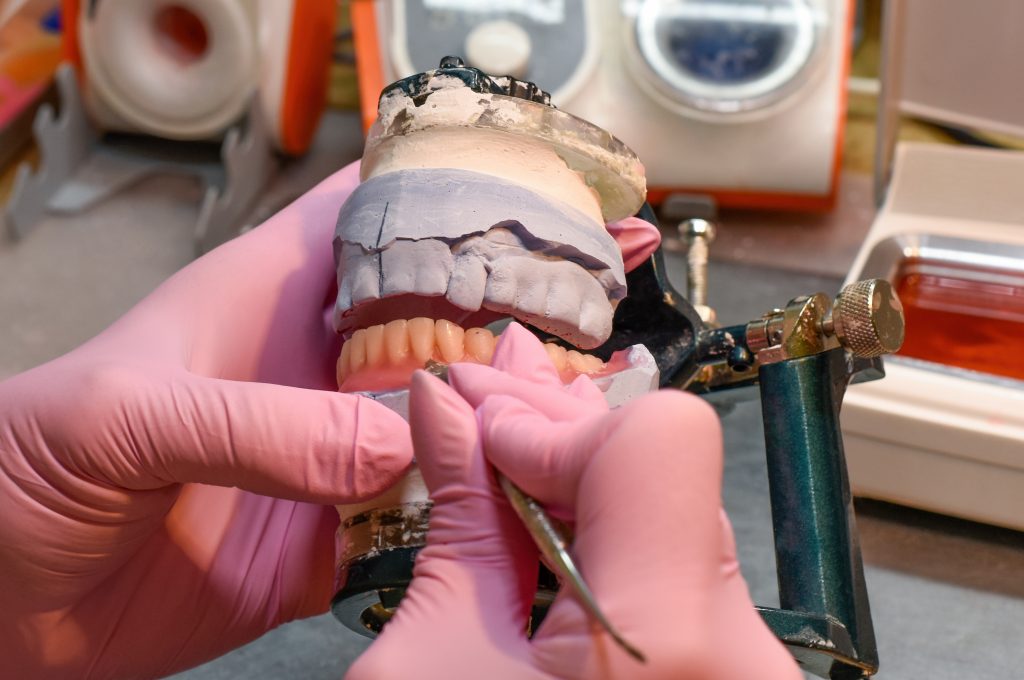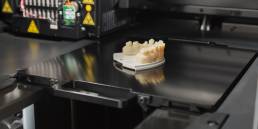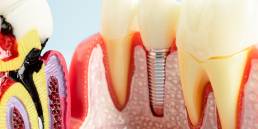Optimizing Full-Arch Implant Restorations: How Lab-Driven Precision Improves Fit, Function, and Patient Satisfaction
Introduction: The Importance of Precision in Full-Arch Restorations
Full-arch implant restorations are among the most rewarding yet demanding treatments in dentistry. Precision is critical because even the smallest misfit can compromise occlusion, esthetics, or implant longevity. Unlike single-unit crowns, full-arch cases involve multiple implants, complex occlusal forces, and high esthetic expectations. This is why labs play a central role, their ability to combine digital workflows, material expertise, and functional design directly impacts the predictability of treatment.
Common Challenges in Full-Arch Implant Cases
- Full-arch restorations often face:
- Implant misalignment due to surgical inaccuracies.
- Occlusal discrepancies that cause fractures or discomfort.
- Acrylic fractures or wear in hybrid prostheses.
- Esthetic challenges, especially with lip support and smile line.
- Remakes and extended chair time when frameworks don’t fit.
In Minnesota labs, technicians note that many of these issues arise from incomplete case information or a lack of synchronization between the surgical and restorative teams.
The Role of the Dental Lab in Ensuring Accurate Fit
The lab is not just a manufacturer; it’s a co-designer of the case. By analyzing scan data, confirming implant positions, and checking occlusion virtually, labs ensure frameworks fit passively and prostheses function as intended. Passive fit is crucial, without it, stress transfers to the implants, potentially leading to peri-implant complications. Labs often run verification jigs, printed prototypes, or try-in frameworks before finalizing to guarantee accuracy.
Digital Workflows: Scanning, Design, and 3D Printing for Full-Arch Cases
Digital dentistry has transformed full-arch workflows. Instead of relying on stone casts and manual indexing, clinicians now capture intraoral scans, which are paired with CBCT data to design restorations digitally. Labs use CAD/CAM software to create frameworks, test occlusion virtually, and fabricate prototypes through 3D printing. This digital loop allows for fewer errors, faster turnaround, and more predictable results. In my view, digital workflows also enhance collaboration, dentists and labs can review designs remotely before final milling or printing.
Material Selection: Zirconia, Hybrid, and Acrylic Options
Choosing the right material depends on patient needs:
- Zirconia: Strong, durable, and esthetically advanced with multilayer translucency. Excellent for patients seeking long-term results with minimal maintenance.
- Hybrid (zirconia or metal framework with acrylic overlay): A balance between strength and repairability, but prone to acrylic wear over time.
- Acrylic: More affordable and lighter, but higher risk of fractures and staining. Often used for provisional or transitional cases.
Labs guide dentists in selecting the material that aligns with functional demands, esthetic expectations, and cost considerations.
Reducing Chair Time and Remakes Through Lab Collaboration
Remakes are costly in time, money, and patient trust. Labs help reduce them by verifying occlusion digitally, running fit checks, and fabricating provisional prostheses before final delivery. A lab-driven workflow means fewer adjustments chairside, saving dentists chair time and patients unnecessary appointments. Many clinicians in Minnesota report that consistent communication with the lab drastically cuts down on remakes and last-minute surprises.
Case Planning: How Dental Labs Support Predictable Outcomes
Labs participate in planning from the very beginning:
- Reviewing CBCT scans and implant positioning.
- Designing surgical guides for optimal placement.
- Providing provisional prostheses that guide esthetics and occlusion.
- Assisting in full-arch mock-ups so patients can preview their final smile.
This collaboration ensures that when the prosthesis is delivered, it meets both functional and esthetic goals.
Communication Between Dentist and Lab
The success of full-arch cases often hinges on communication. Labs need detailed digital impressions, bite records, facial photos, and notes about patient expectations. Clear, ongoing communication ensures fewer errors and better case outcomes. Many labs prefer scheduled “check-in” calls during complex cases so adjustments can be made early in the process.
Patient Satisfaction: How Lab Precision Impacts Comfort and Aesthetics
When labs deliver precise prostheses, patients feel the difference immediately. A proper bite reduces soreness and fractures, while accurate esthetics boost confidence and satisfaction. A poorly fitting arch, on the other hand, causes discomfort, speech problems, and costly adjustments. Lab precision directly translates into comfort, function, and long-term happiness for patients.
Partnering with a Skilled Lab for Full-Arch Excellence
Partnering with a Certified Dental Laboratory (CDL) ensures that technicians are trained, certified, and experienced in advanced workflows. CDL labs in Minnesota, for example, emphasize quality standards, digital integration, and ongoing training. For dentists, this partnership means they can rely on lab expertise for case planning, troubleshooting, and delivering prostheses that consistently meet high expectations.
Latest News
October 25, 2025
Intraoral Scanning Advances Every Dentist Should Know in 2025: Full-Arch Implant Restoration Insights for Dental Labs
Advances in intraoral scanning, optimized scan protocols, and lab-driven validation provide clinicians and dental labs with powerful tools for excellence in 2025.
October 12, 2025
Occlusal Scheme Design for Full-Arch Restorations: Balancing Function and Esthetics
Labs must often navigate the choice between functional occlusion, which focuses on ideal load distribution, longevity, and minimal stress on components, and esthetic occlusion.
September 16, 2025
Zirconia vs. E.max vs. PFM: How to Choose the Best Crown Material
With options like zirconia, E.max (lithium disilicate), and PFM (porcelain fused to metal), dentists and labs must weigh strength, esthetics, tissue response, workflow, and…
August 22, 2025
360Imaging Anatomic Guide for Rapid Full-Arch Rehabilitation
The 360Imaging Anatomic Guide™ is redefining full-arch implant therapy by uniting precision, speed, and prosthetic-driven planning.



